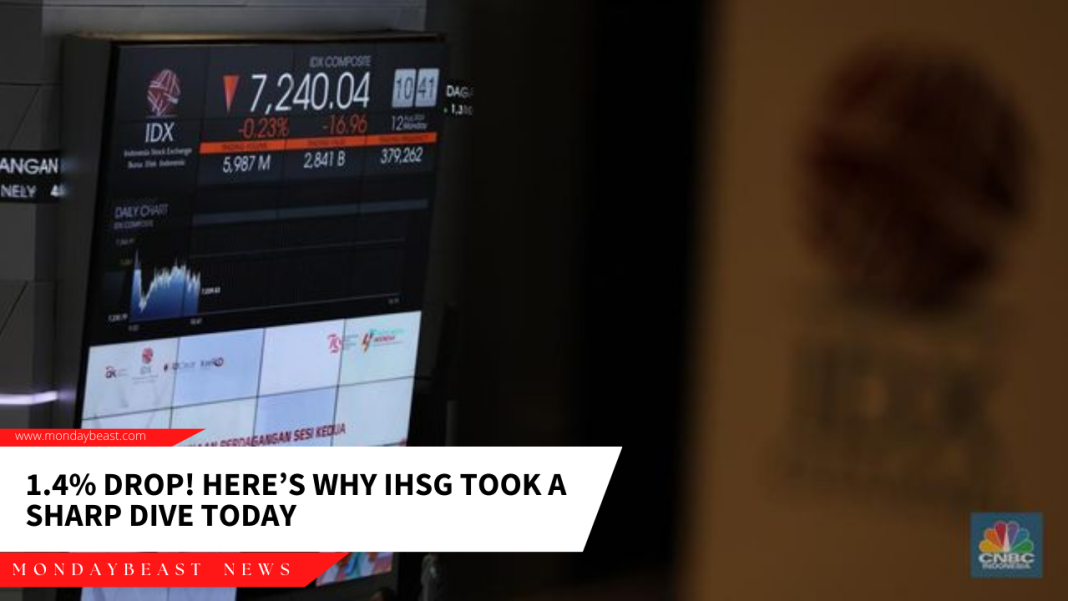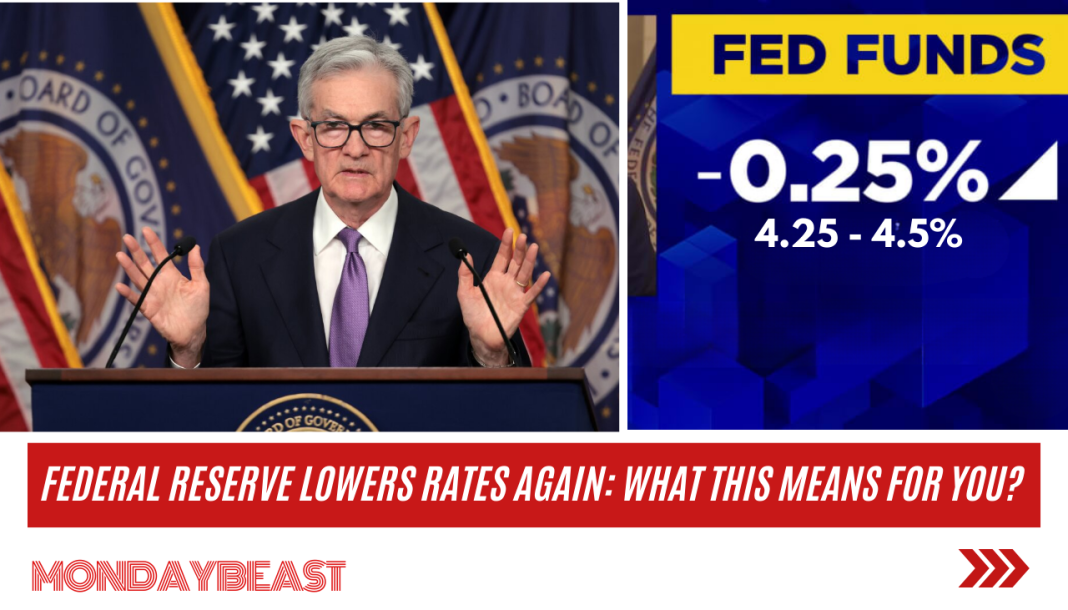- Is the IHSG on the Brink? Market Insights You Need
- Dow’s 46-Year Losing Streak: What It Means for America
The Indonesian stock market experienced a noticeable dip. On December 19, 2024, the IHSG fell by 1.46%, signaling concern among investors. Why did this happen? Let’s break it down.
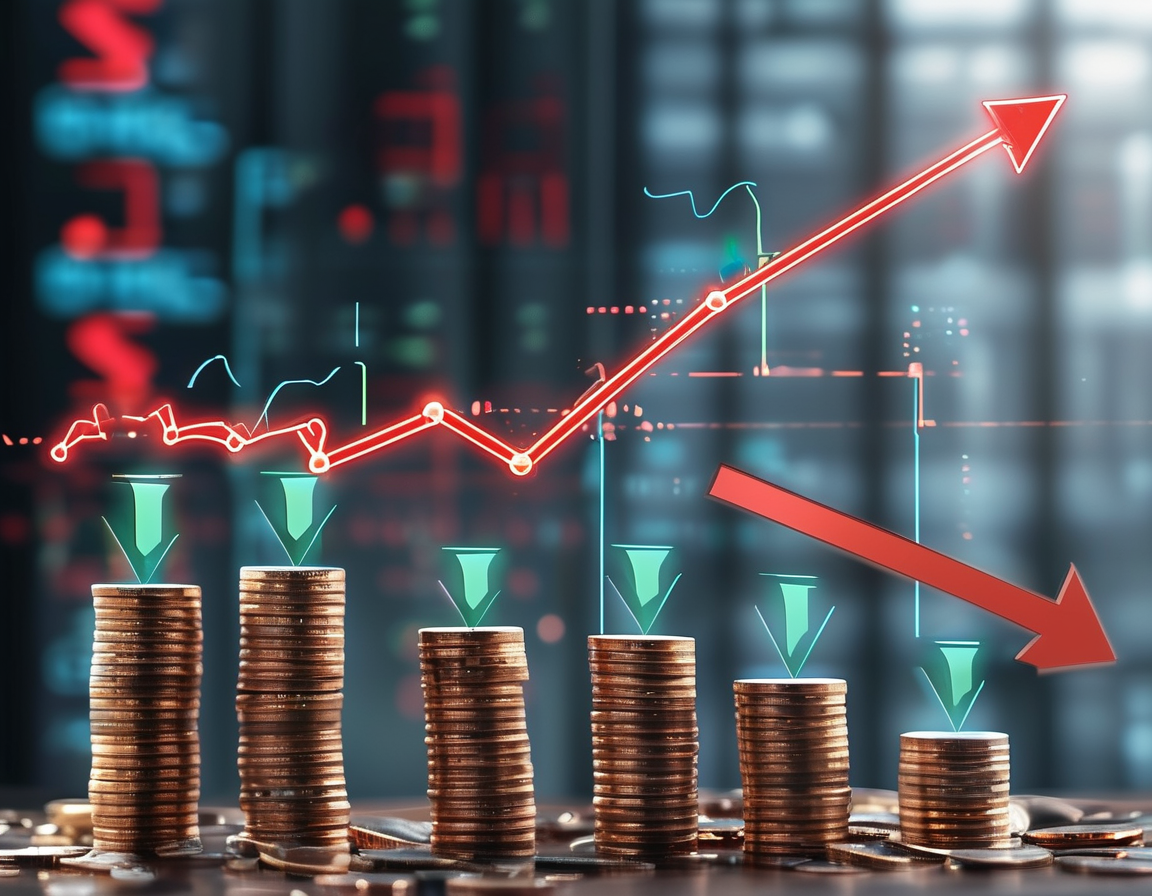
The catalyst for the decline? A recent decision by the U.S. Federal Reserve to slash interest rates. Such significant monetary policy changes by the world’s largest economy ripple across global markets. Investors often react nervously. They worry about potential instability in their own markets. This time was no different.
At 09:10 WIB, the IHSG stood at 7,003.93. This figure raises eyebrows as it nears critical psychological support around 6,900. This precarious position leaves many asking: Is a further dip ahead? Market analysts will be watching closely.
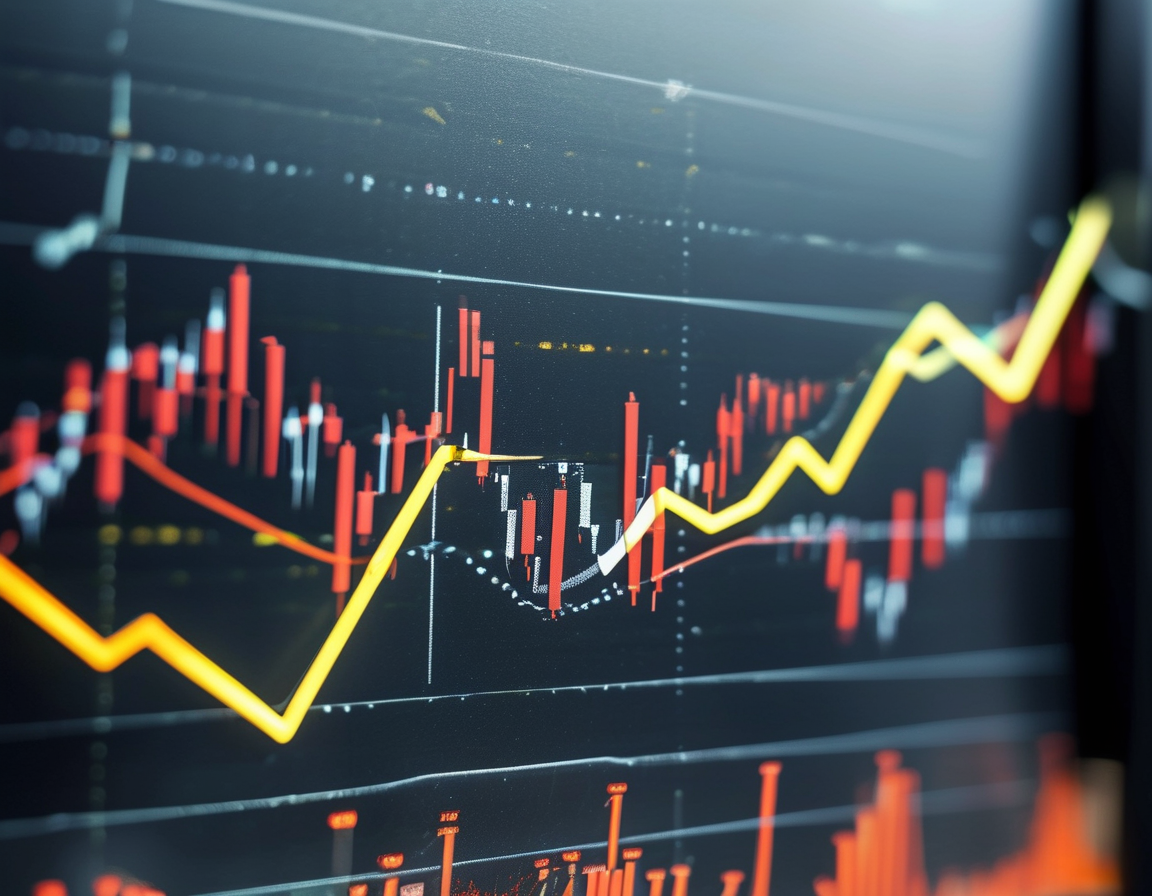
Trading volume reached an eye-watering Rp 1.8 trillion, a buzz of activity. Yet, while some stocks saw gains, the overwhelming majority faced declines. Of the shares traded, 79 gained ground, while 350 faltered. Then we had 153 shares stuck in neutral. What does this tell us? It’s a sign of market fear and uncertainty.
Every sector took a hit. Each sector experienced declines above 1%. Notably, the raw materials and technology sectors were the hardest hit, plummeting 2.18% and 2.08%, respectively. This broad downturn raises questions. Why did these sectors underperform? Investors must consider the broader implications.
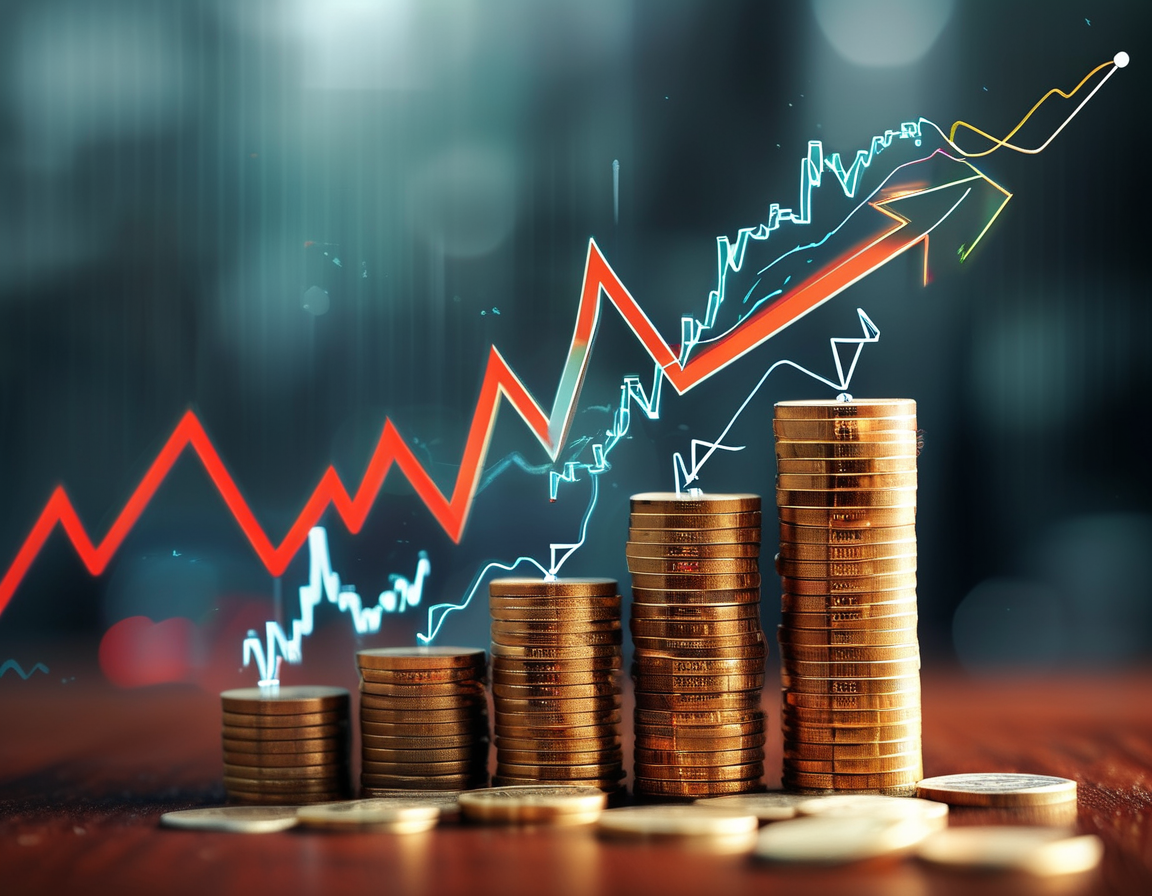
In the banking arena, major players like PT Bank Mandiri and PT Bank Rakyat Indonesia led the charge downward. Their significant index points – 15.6 and 11.6 – respectively, played a major role in dragging the IHSG further down.
Even conglomerates such as PT Barito Renewables Energy and telecom giant PT Telkom Indonesia contributed to this decline. Could this be a precursor to longer-lasting distress in these sectors? Observers are voicing their concerns.
As we analyze these shifts, one can’t help but think about the average investor’s perspective. For many, the stock market feels like a rollercoaster ride. Some are fearful, while others remain hopeful, convincing themselves that these dips will eventually recover.
In conclusion, the fall of the IHSG is a multifaceted issue. It softly echoes broader economic trends and fears. Does this mean a long-term bearish trend ahead, or is it merely a momentary setback? Investors must stay vigilant, consider their strategies, and adapt to this ever-changing landscape. Only time will tell how this will unfold.

